Glutinous Rice Vs Sushi Rice: Understanding Rice Types
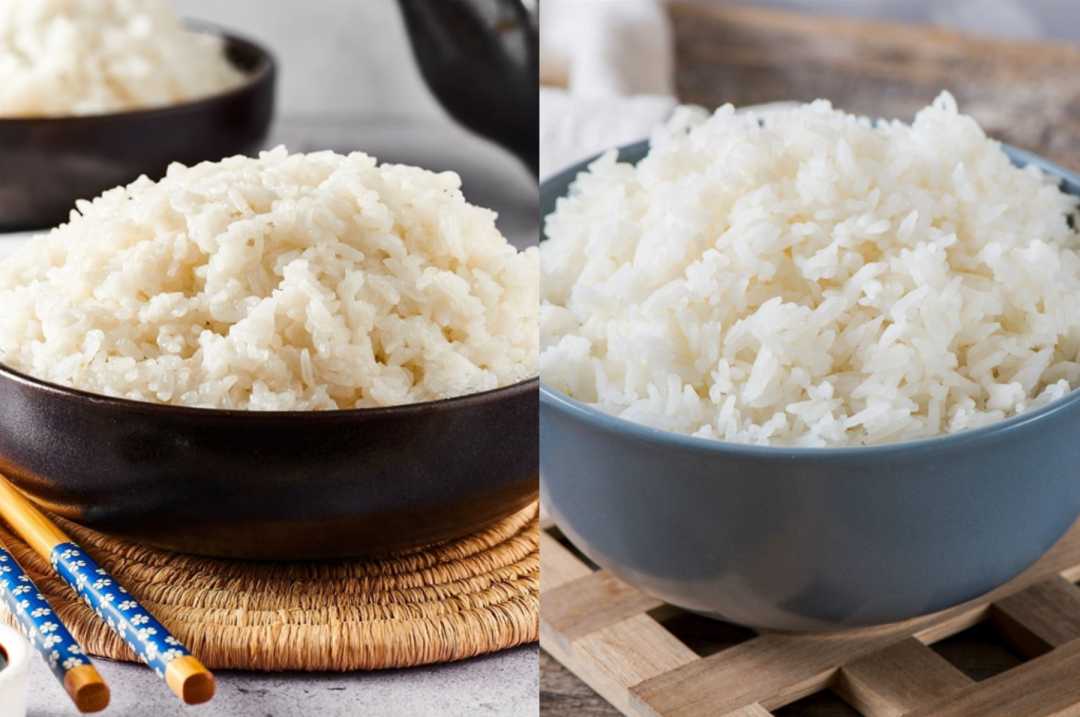
Glutinous rice and sushi rice may both have a sticky texture, but they are distinct types of rice with different characteristics. Glutinous rice, also known as sticky rice, is high in starch content and has a chewy texture when cooked. It is commonly used in desserts and snacks in Asian cuisine. On the other hand, sushi rice is a short-grain rice that is seasoned with vinegar, sugar, and salt. It is the essential component in making sushi and has a sticky yet firm texture. Understanding the differences between these rice types is crucial for choosing the right one for your culinary needs.
Characteristics Of Glutinous Rice
Glutinous rice, also known as sticky rice, has distinct characteristics that set it apart from other types of rice. It is a short-grain rice variety with a high starch content, which gives it its sticky and chewy texture when cooked. Glutinous rice has a slightly sweet taste and is often used in traditional Asian desserts and snacks. Due to its sticky consistency, it is also used in certain savory dishes and as a filling for dumplings and rice cakes. Its unique properties make it a staple ingredient in many Asian cuisines.
Glutinous Rice Texture And Taste
Glutinous rice, also known as sticky rice, has a unique texture and taste that sets it apart from other varieties. When cooked, glutinous rice becomes sticky and chewy, making it perfect for dishes that require a sticky consistency. Its texture is similar to that of well-cooked risotto or a sticky pudding. In terms of taste, glutinous rice has a slightly sweet flavor, which enhances its versatility in both sweet and savory dishes. Its sticky texture and subtle sweetness make it a staple in Asian desserts and snacks.
Glutinous Rice Common Uses In Asian Cuisine
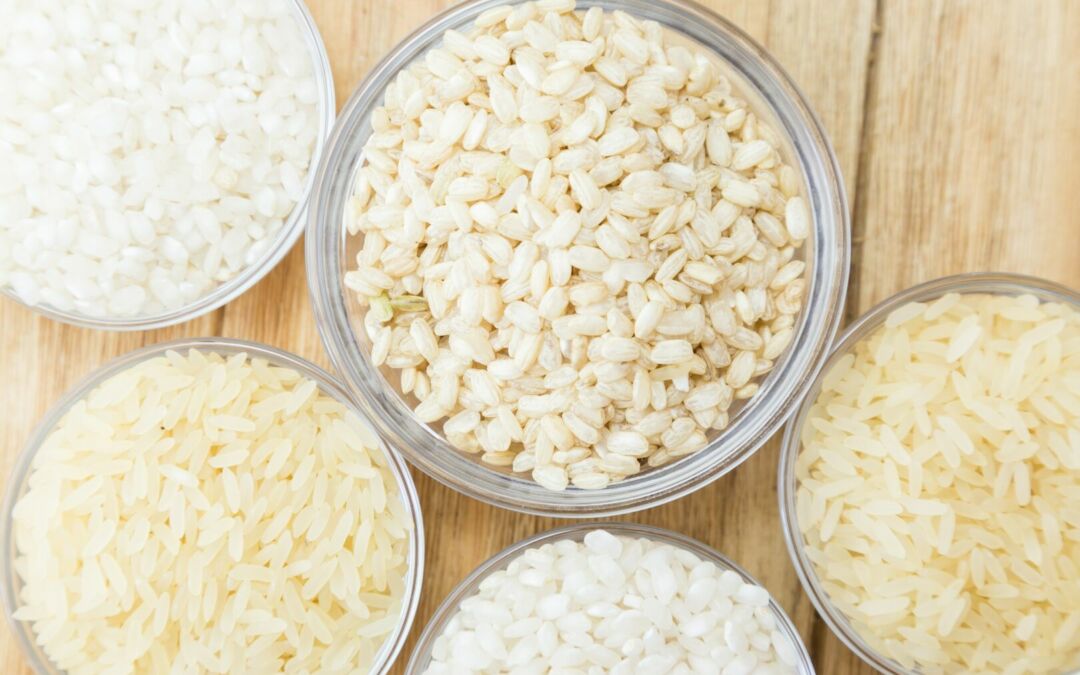
Glutinous rice, also known as sticky rice, plays a significant role in Asian cuisine. Its sticky texture and unique flavor make it a versatile ingredient in both sweet and savory dishes. In Thai cuisine, glutinous rice is used to make traditional dishes like sticky rice with mango and sticky rice with Thai custard. In Chinese cuisine, it is used to make sticky rice dumplings and sticky rice cakes. In Japanese cuisine, glutinous rice is used to make mochi, a popular sweet treat. Its ability to hold its shape and stick together makes it perfect for creating various Asian delicacies.
Characteristics Of Sushi Rice
Sushi rice, also known as shari, has distinct characteristics that make it perfect for sushi making. It is a short-grain rice with a sticky texture and a slightly sweet taste. The grains are compact and cling together, allowing the rice to hold its shape when rolled into sushi. Sushi rice is cooked with a specific vinegar seasoning, which gives it a tangy and savory flavor. This vinegar seasoning is essential for achieving the authentic taste of sushi. The combination of the sticky texture and the vinegar seasoning creates the perfect base for sushi rolls and nigiri. Overall, sushi rice is characterized by its stickiness, compact grains, and tangy flavor profile.
Sushi Rice Grain Size And Texture
Sushi rice is characterized by its small, round grains and sticky texture. The grains are slightly shorter and plumper than other types of rice. This compactness allows the grains to stick together when cooked, giving sushi its signature shape and texture. The sticky texture of sushi rice is ideal for holding ingredients together in sushi rolls and nigiri. It also creates a satisfying chewiness that complements the fresh flavors of seafood and vegetables. Overall, the grain size and sticky texture of sushi rice play a crucial role in achieving the authentic taste and texture of sushi.
Sushi Rice Vinegar Seasoning And Importance In Sushi Making
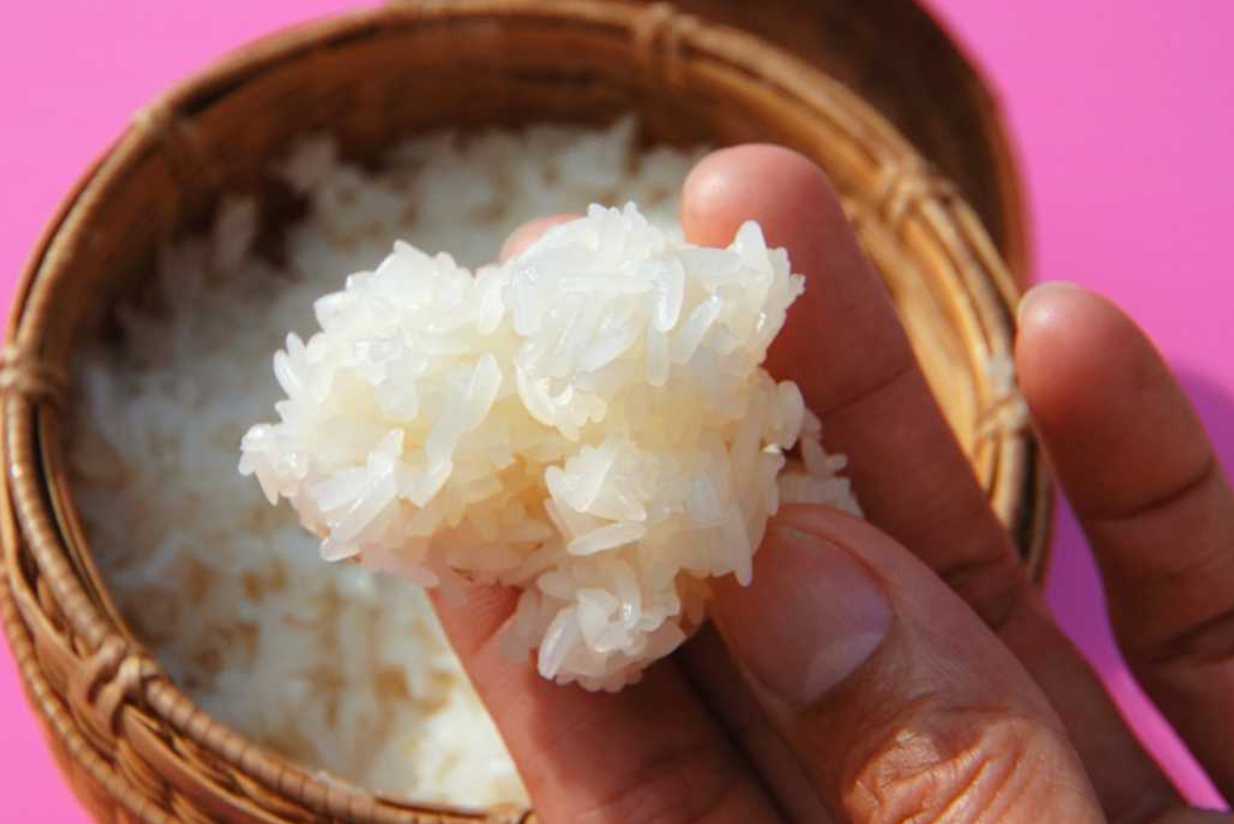
Sushi rice is not just plain cooked rice; it is seasoned with rice vinegar, sugar, and salt. The addition of vinegar gives sushi rice its characteristic sweet and tangy flavor. The sugar helps to balance out the acidity of the vinegar, while the salt enhances the overall taste. The vinegar seasoning is crucial in sushi making as it adds depth and complexity to the rice, complementing the flavors of the fish and other ingredients. It also helps to preserve the rice and prevent it from spoiling. Overall, the vinegar seasoning is a key element in creating the authentic taste of sushi.
Nutritional Differences
When comparing the nutritional profiles of glutinous rice and sushi rice, there are some notable differences. Glutinous rice is higher in calories, carbohydrates, and fiber compared to sushi rice. It also contains higher levels of protein and certain minerals like potassium and magnesium. On the other hand, sushi rice has a lower calorie and carbohydrate content. It is also typically lower in fiber but higher in vitamins, especially thiamine. Ultimately, the choice between the two types of rice should be based on personal dietary needs and preferences.
Glutinous Rice Nutritional Profile
Glutinous rice, also known as sticky rice, has a unique nutritional profile. It is higher in calories, carbohydrates, and fiber compared to sushi rice. Additionally, glutinous rice contains more protein and certain minerals like potassium and magnesium. However, it is important to note that the exact nutritional content can vary depending on the cooking method and portion size. Glutinous rice can be a good source of energy and contribute to the daily fiber intake, but it should be consumed in moderation as part of a balanced diet.
Sushi Rice Nutritional Content And Health Benefits
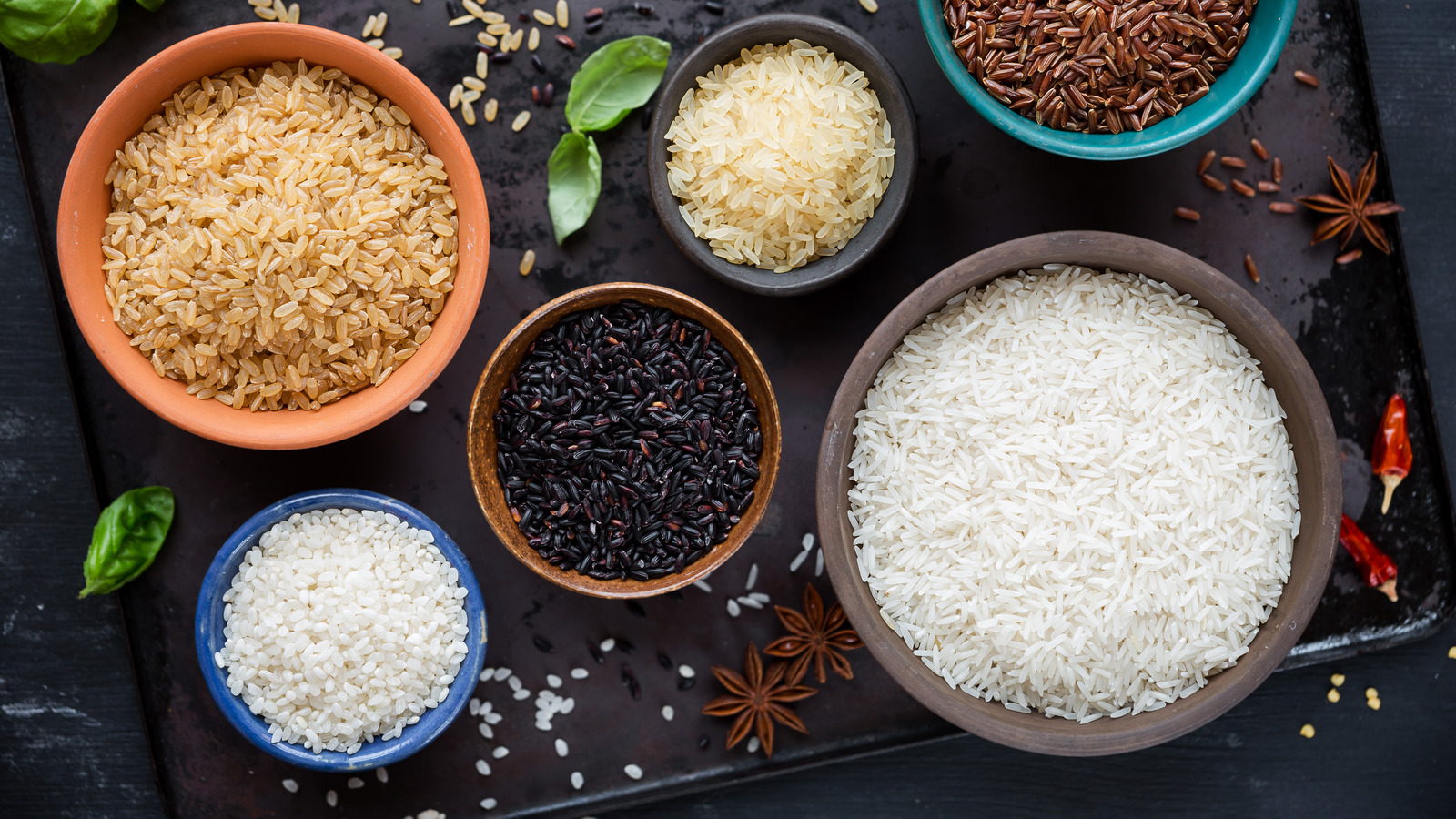
Sushi rice, also known as Japanese short-grain rice, is not just a staple in Japanese cuisine but also offers nutritional benefits. It is low in fat and cholesterol and a good source of carbohydrates. Sushi rice provides essential nutrients like vitamins, minerals, and dietary fiber. It contains small amounts of protein and also supplies energy for the body. The vinegar used to season sushi rice provides probiotics and aids in digestion. Including sushi rice in your diet can contribute to overall health and well-being.
Cooking Methods And Techniques
Cooking glutinous rice requires a specific method to achieve its unique sticky texture. It is typically soaked in water for a few hours before being steamed to perfection. The water-to-rice ratio is crucial to ensure it doesn’t become too mushy. Sushi rice, on the other hand, is cooked using the absorption method, where the rice is simmered in water until all the liquid is absorbed. This results in fluffy, separate grains that are perfect for sushi rolls. Both cooking methods require precision and attention to detail to achieve the desired texture and taste.
Glutinous Rice Cooking Process
The cooking process for glutinous rice involves a few specific steps to achieve its desired sticky texture. Firstly, the rice is soaked in water for a few hours, allowing the grains to absorb the moisture. Then, the soaked rice is drained and transferred to a steamer basket or pot lined with a muslin cloth. It is then steamed over high heat until fully cooked and sticky. The water-to-rice ratio is crucial to ensure the rice doesn’t become too mushy. Attention to detail and precise cooking techniques are important to achieve the perfect glutinous rice texture.
Sushi Rice Preparation For Sushi Making

Sushi rice preparation is a crucial step in making traditional sushi. Sushi rice, also known as shari, is the foundation of any sushi dish. Firstly, the sushi rice is rinsed under cold water to remove excess starch. Then, it is cooked with the appropriate amount of water to achieve a fluffy texture. Once cooked, the rice is seasoned with a mixture of rice vinegar, sugar, and salt. This seasoning enhances the flavor and adds a hint of sweetness to the sushi rice. The seasoned sushi rice is then cooled down before being used for making sushi rolls, nigiri, or sashimi.
Culinary Applications
Culinary Applications:
Glutinous Rice in Desserts and Snacks:
Glutinous rice, also known as sticky rice, is commonly used in Asian desserts and snacks. Its sticky texture makes it perfect for making rice cakes, dumplings, and sweet rice balls. In Thai cuisine, glutinous rice is used to make mango sticky rice, a popular dessert consisting of sweet sticky rice topped with fresh mango slices. In Chinese cuisine, glutinous rice is used in various sweet treats like sticky rice dumplings and glutinous rice pudding.
Sushi Rice in Traditional Japanese Cuisine:
Sushi rice is the foundation of traditional Japanese sushi dishes. It is used to make sushi rolls, nigiri, and sashimi. The vinegared and seasoned sushi rice adds a tangy and flavorful element to the sushi. It has the perfect texture and stickiness that allows the sushi to hold its shape while being easy to eat. Sushi rice is also used in other Japanese dishes like chirashi sushi (scattered sushi) and sushi bowls, adding a delicious base to these culinary creations.
In summary, while glutinous rice is commonly used in desserts and snacks, sushi rice takes center stage in traditional Japanese cuisine, particularly in sushi dishes. Its importance in sushi making cannot be understated, as the properly seasoned and cooked sushi rice is what elevates the flavors and textures of sushi.
Glutinous Rice In Desserts And Snacks
Glutinous rice, also known as sticky rice, is commonly used in Asian desserts and snacks. Its sticky texture makes it perfect for making rice cakes, dumplings, and sweet rice balls. In Thai cuisine, glutinous rice is used to make mango sticky rice, a popular dessert consisting of sweet sticky rice topped with fresh mango slices. In Chinese cuisine, glutinous rice is used in various sweet treats like sticky rice dumplings and glutinous rice pudding. It adds a unique texture and sweetness to these desserts, making them delightful and satisfying.
Sushi Rice In Traditional Japanese Cuisine

Sushi rice plays a crucial role in traditional Japanese cuisine, serving as the foundation for sushi. The sticky texture of sushi rice allows it to hold its shape when rolled or pressed into sushi rolls. It is meticulously prepared by washing, soaking, and cooking the rice with vinegar seasoning to enhance its flavor. The perfect balance of acidity and sweetness in sushi rice complements the freshness of the raw fish or other ingredients used in sushi. Sushi rice is an essential component that brings harmony to the intricate flavors and textures of traditional Japanese sushi.
Conclusion
In conclusion, understanding the differences between glutinous rice and sushi rice is essential for anyone who appreciates Japanese cuisine. While both types of rice have their unique characteristics and uses, they serve different purposes in culinary applications. Glutinous rice offers a stickier and chewier texture, making it a popular choice for desserts and snacks. On the other hand, sushi rice is the foundation of traditional Japanese sushi and requires specific preparation techniques. By grasping these distinctions, individuals can make informed choices when selecting rice for their culinary needs.
Key Differences Summarized
In summary, glutinous rice and sushi rice have distinct characteristics and purposes in culinary applications. Glutinous rice offers a sticky and chewy texture, making it ideal for desserts and snacks. Sushi rice, on the other hand, is the foundation of traditional Japanese sushi and requires specific preparation techniques. Glutinous rice has a higher starch content, while sushi rice is seasoned with vinegar for sushi-making. Understanding these differences is crucial when selecting the right rice for your cooking needs.
Which Rice To Choose For Your Culinary Needs
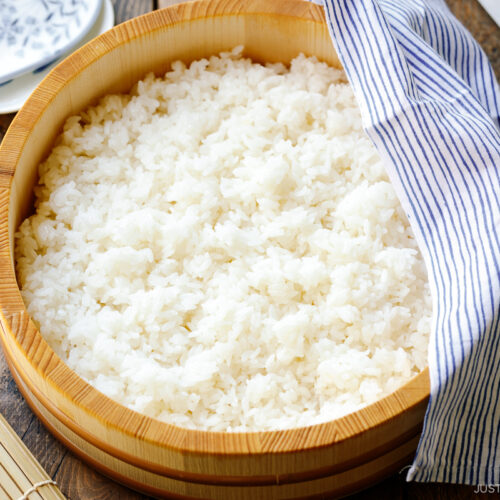
When choosing rice for your culinary needs, it’s important to consider the desired texture and taste of your dish. If you are looking for a sticky and chewy texture, glutinous rice is the way to go. It is perfect for desserts and snacks. On the other hand, if you are planning to make traditional Japanese sushi, sushi rice is the ideal choice. Its vinegar seasoning adds a distinct flavor to sushi. Understanding these differences will help you select the right rice variety for your specific cooking needs.
FAQ About Glutinous Rice Vs Sushi Rice: Understanding Rice Types
Q: What is the main difference between glutinous rice and sushi rice?
A: The main difference lies in their texture and stickiness. Glutinous rice is very sticky when cooked, while sushi rice is slightly sticky but retains separate grains.
Q: Can glutinous rice be used as a substitute for sushi rice?
A: It is not recommended to substitute glutinous rice for sushi rice in sushi dishes as it has a different texture and taste. Sushi rice has a firmer, slightly sticky texture that holds well for making sushi rolls.
Q: What are the common dishes that use glutinous rice?
A: Glutinous rice is commonly used in Asian cuisines for dishes like sticky rice desserts, rice dumplings, and rice cakes.
Q: How is sushi rice prepared differently from glutinous rice?
A: Sushi rice is typically seasoned with vinegar, sugar, and salt after cooking to give it the classic tangy flavor, whereas glutinous rice is usually cooked plain without any seasonings.
Q: Can glutinous rice and sushi rice be used interchangeably in recipes?
A: While they both belong to the same family of rice, glutinous rice and sushi rice have distinct characteristics that make them unsuitable for direct substitution in recipes that specifically call for one or the other.
Q: Is glutinous rice gluten-free?
A: Despite its name, glutinous rice does not contain gluten. It is safe for individuals with gluten sensitivities or celiac disease to consume.

Marine Bay Restaurant received the International Food Culture Award 2019 as the Best Szechuan & Hunan Restaurant, enjoying a reputation in North America. Renowned for the tunnel, authentic, and cheap. Known as “Human Taste First Garden,” 2013 Vancouver culinary first book named “Best Chuan Xiang Outlets,” significant temperature and China Eastern Airlines designated outlets.